Description
Leopard tortoise for sale
We have some fantastic captive bred Leopard tortoise for sale. The Pardalis Babcocki locale is known for being smaller then their Giant south African cousins the pardalis pardalis leopard tortoise. We have hatchings, well started babies (recommended over the more fragile hatchlings) and cute and plump yearling leopard tortoises for sale in stock. The Leopard tortoise for sale is divided into 2 sub species, the more common Pardalis Babcocki which grows from 11-16″ or the Pardalis Pardalis giant south African leopard tortoise for sale which can grow to lengths up to 18-20″.
Our leopard tortoises for sale come from top quality adult leopard tortoise breed stock and exemplify the species standard in both color, and temperament. Leopard tortoises are fairly EASY in terms of care level, and make great additions to any tortoise collection especially once they are at least 4 months old.
leopard tortoises for sale with a real Biologist on site
With a Biologist ON SITE, all of our Leopard tortoise for sale online come with our live arrival and full 7 day health guarantee. If you purchase a complete tortoise setup kit from our shop, your tortoise will automatically come with a 30 day health guarantee. Our Leopard tortoise for sale are ready to ship to your door via FedEx in heated or cooled containers and will arrive the morning after shipment. Typically they leave here around 7pm and are on your doorstep the next morning between 8-10am.
Leopard tortoises are some of the most beautiful of all tortoises for sale. When considering any tortoise for sale, or turtles for sale, captive bred baby tortoises for sale and turtles for sale should be your only consideration instead of wild caught. Some of the best tortoise breeder in the world only work with captive bred animals. Whether it be huge sulcata tortoise for sale, or small russian tortoise for sale, we are your source for the best of the best!
Leopard Tortoise Size
Adult leopard tortoises for sale measure from 10 to 18 inches long depending on geographic origin. Also, size is related to the subspecies of the tortoise. In contrast, the South African subspecies, may grow to 24 inches. Also interesting, the giants from Ethiopia and Somalia may approach 30 inches. Keep in mind that Females often grow larger than males. This is not always the case, however, depending on the origin of the specimen. Even more perplexing is that this may be reversed, or male and females may be of similar size. Due to wide geographic variations, there are no set standards. Because males may always be distinguished from females by their concave plastron and their larger tail.
Leopard Tortoise for sale – Lighting and Temperature
Leopard tortoises do not hibernate. In parts of their range, they may experience freezing temperatures and seek shelter in animal burrows. Also in most of their range, they experience a much narrower range of temperatures. Generally speaking, that’s between 70 and 100 degrees Fahrenheit.
For indoor care of a leopard tortoise, temperatures should be maintained between 75 and 90 degrees. Provide a basking spot of 95 degrees. Secondly, depending on the indoor air temperatures, a heat light may be required at night or during the day. Hot spots are important for the tortoise to thermoregulate and raise its temperature to optimal levels for digestion. Most importantly, exposure to natural sunlight or UVB light plays an important role in how the body absorbs and uses calcium. Above all, UVB light or natural sunlight allows the tortoise to produce vitamin D3.
Vitamin D3 is critical to the tortoise in its ability to absorb and use the available calcium. UVB can be obtained from fluorescent tubes specially made for reptile use or from mercury vapor bulbs, which also provide some heat. Lastly, if fluorescent tubes are used for UVB, a separate light may be required for heat for your baby leopard tortoise for sale.
Leopard Tortoises for sale – Availability
Captive-bred leopard tortoises are generally available. Import of wild caught specimens into the United States was banned in 2000 due to concerns from a tick with heartwater disease found on wild specimens. Before the ban leopard tortoises were commonly imported, and many people currently breed leopard tortoises, however Stigmachelys pardalis pardalis is less common in collections than Stigmachelys pardalis babcocki.
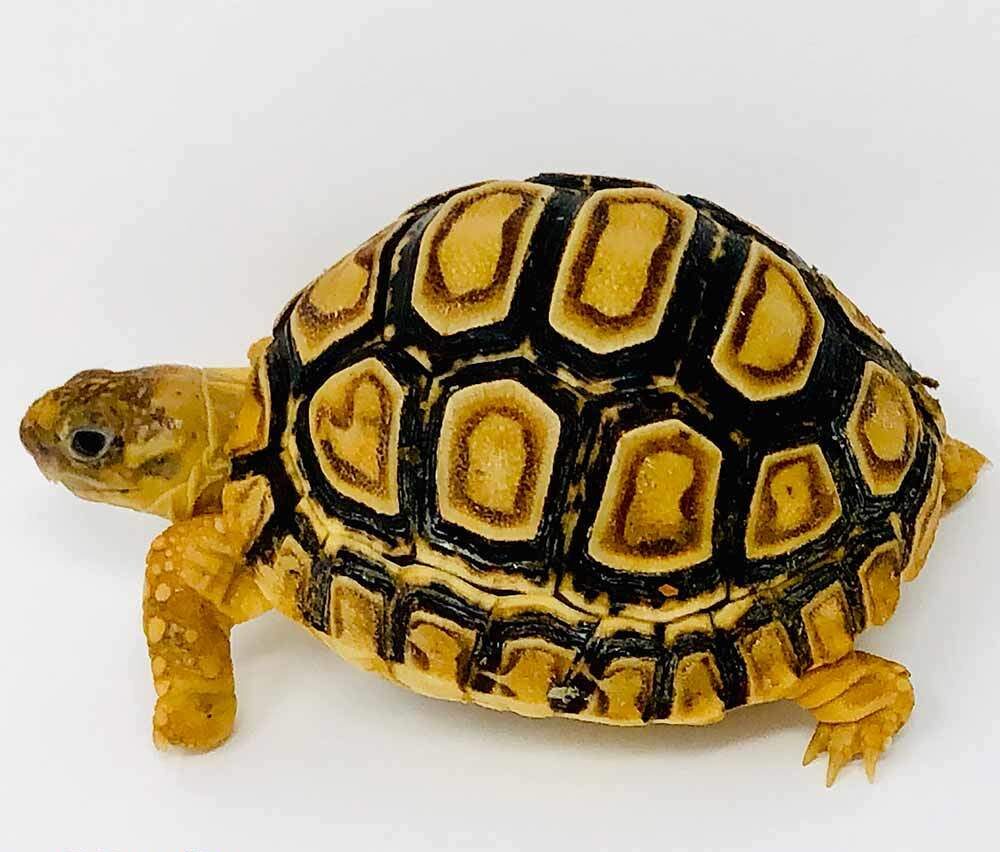
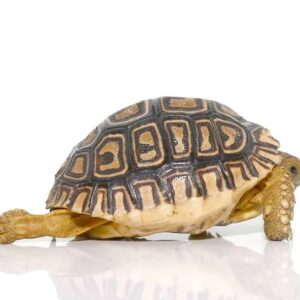
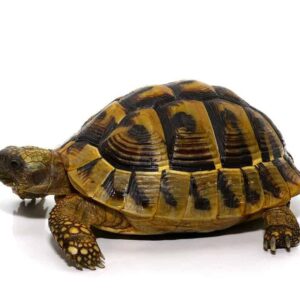
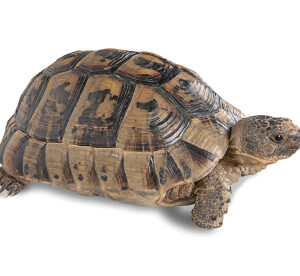
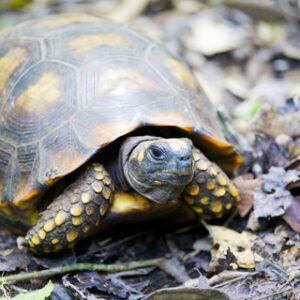
Reviews
There are no reviews yet.